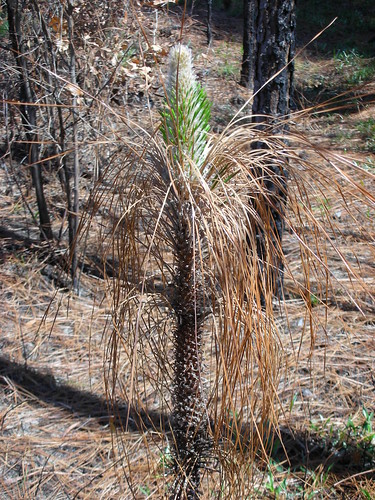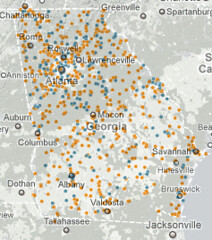 Elisabeth Rosenthal write in the NY Times about
Europe Finds Clean Energy in Trash, but U.S. Lags:
Elisabeth Rosenthal write in the NY Times about
Europe Finds Clean Energy in Trash, but U.S. Lags:
Far cleaner than conventional incinerators, this new type of plant converts local trash into heat and electricity. Dozens of filters catch pollutants, from mercury to dioxin, that would have emerged from its smokestack only a decade ago.Here’s the catch:
Denmark now has 29 such plants, serving 98 municipalities in a country of 5.5 million people, and 10 more are planned or under construction. Across Europe, there are about 400 plants, with Denmark, Germany and the Netherlands leading the pack in expanding them and building new ones.That means the biomass plant proposed for Valdosta is not that kind of clean incinerator.By contrast, no new waste-to-energy plants are being planned or built in the United States, the Environmental Protection Agency says — even though the federal government and 24 states now classify waste that is burned this way for energy as a renewable fuel, in many cases eligible for subsidies. There are only 87 trash-burning power plants in the United States, a country of more than 300 million people, and almost all were built at least 15 years ago.




